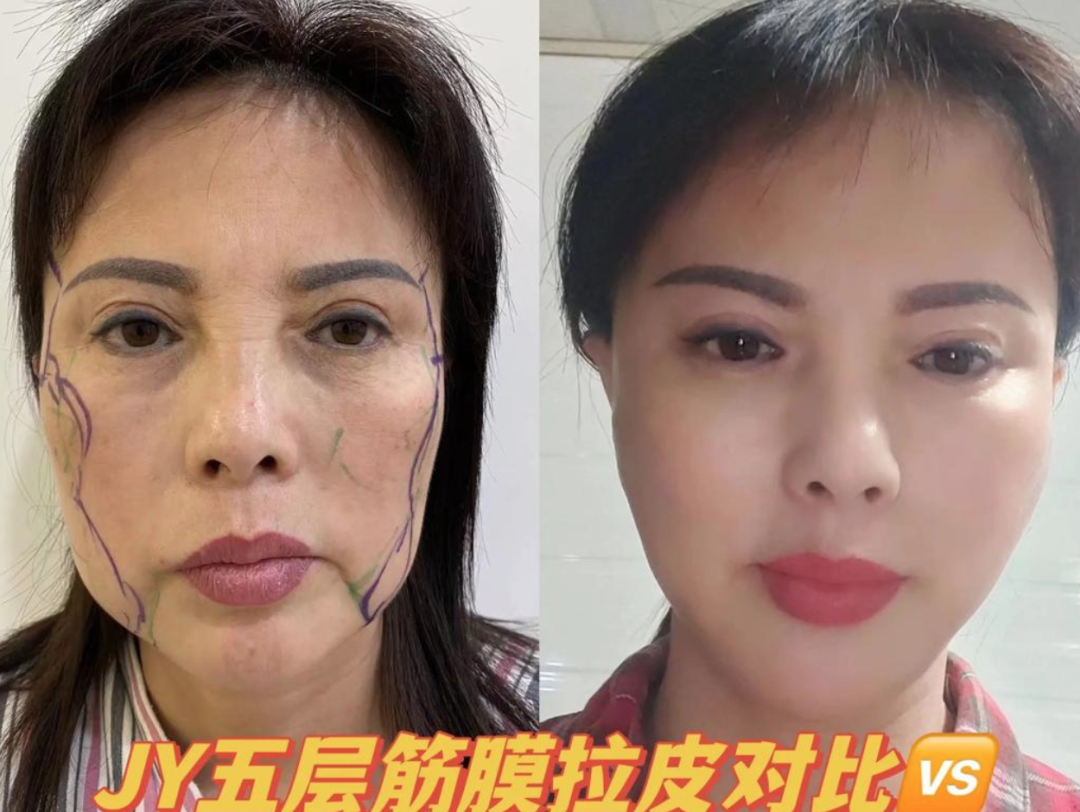“The pursuit of beauty is eternal, but the definition of beauty changes with time and culture. The ‘Mar-a-Lago Face’ is a testament to how societal values shape aesthetic trends among the affluent.”
Introduction
The term “Mar-a-Lago Face” has surfaced as a descriptor for a distinct aesthetic trend favored by affluent white women in American high society. Named after the historic Florida estate, Mar-a-Lago, a frequent haunt for political and business elites, this look emphasizes sharp, angular facial features that project an aura of power and status. This article delves into the cultural and medical factors driving this trend, compares it with global beauty standards, and scrutinizes its implications for cosmetic practices.
1. What Defines “Mar-a-Lago Face”?
“Mar-a-Lago Face” is characterized by several key features:
- High, arched eyebrows that create a perpetually alert or intense expression.
- Prominent cheekbones and jawlines, often enhanced through fillers or implants to emphasize structural dominance.
- Taut, lifted skin with minimal wrinkles, achieved via aggressive anti-aging treatments like facelifts or thread lifts.
- Thin, defined lips augmented to balance the angularity of the face.
Celebrities like Lauren Sánchez, the partner of Amazon founder Jeff Bezos, epitomize this look, which blends surgical precision with an air of authority. The trend reflects a cultural preference for features that signal wealth, control, and social influence.
2. Why Do White Women Pursue This Look?
Anatomical and Cultural Drivers
- Bone Structure Differences: Caucasian skulls tend to be narrower with less natural support from cheekbones and jawlines. Without intervention, skin sagging accelerates due to thinner collagen layers and faster epidermal aging.
- Anti-Aging Solutions: Techniques like MD Codes® (a filler injection protocol) focus on reinforcing weak skeletal areas. For example, hyaluronic acid fillers are strategically placed at the zygomatic arch and mandible to create a lifted, “sculpted” appearance.
- Social Signaling: In political and corporate circles, a sharp, youthful face is associated with competence and ambition. This aligns with the “winter White House” ethos of Mar-a-Lago, where appearances often equate to influence.
Contrast with East Asian Preferences
While Western trends favor angularity, East Asian beauty standards prioritize softness and roundness. Procedures like jawline reduction or cheek fat retention are popular to achieve a youthful, “harmonious” look. Aggressive bone augmentation is avoided, as it can widen the face and clash with cultural ideals.
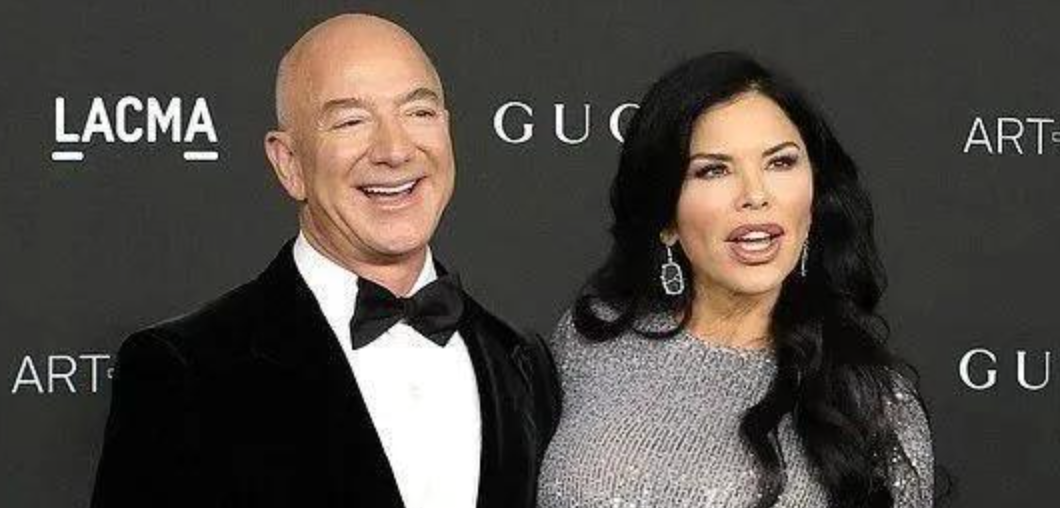
3. Key Cosmetic Procedures Behind the Trend
A. Dermal Fillers and Botox
- Fillers: Hyaluronic acid-based products (e.g., Juvéderm) add volume to cheeks and jaws. Overfilling, however, risks an unnatural “waxy” texture.
- Botox: Used to smooth wrinkles and lift eyebrows, but excessive use can reduce eye size and create a “frozen” appearance.
B. Surgical Interventions
- Facelifts: Traditional facelifts tighten sagging skin but require significant downtime. The newer “deep-plane” technique offers longer-lasting results by repositioning muscle layers.
- Thread Lifts: Temporary sutures with barbed threads pull skin upward. While less invasive, results fade within 1–2 years.
C. Limitations of Ultrasound Technology
Devices like Ultherapy, which use ultrasound energy to stimulate collagen, are less popular in East Asia. Thinner skin in Asian populations increases risks of burns or scarring, leading to stricter regulatory barriers.
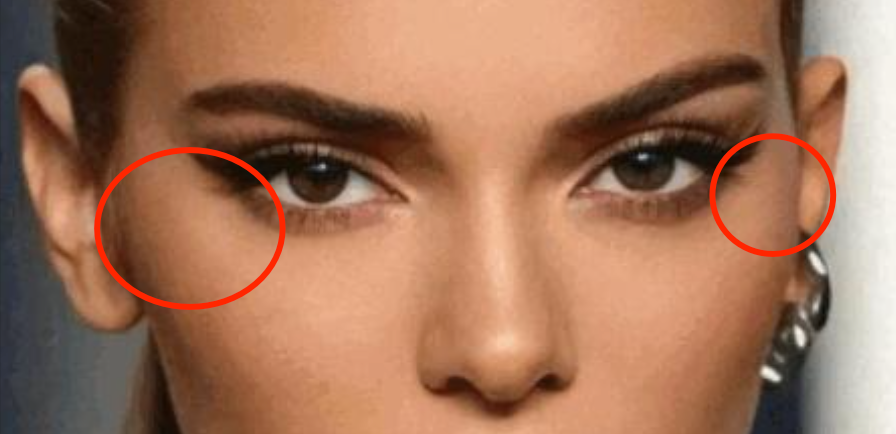
4. Case Studies: The “Beverly Hills Housewives” Aesthetic
Reality TV stars like Lisa Vanderpump (The Real Housewives of Beverly Hills) showcase the pitfalls of over-treatment:
- Uneven Tension: Vanderpump’s face exhibits a stark contrast between lifted eyebrows and sagging mid-face areas, a common issue when procedures target isolated regions.
- Loss of Natural Expression: Kyle Richards (Paris Hilton’s aunt) initially had subtle aging signs but now struggles with stiff facial movements after excessive filler use.
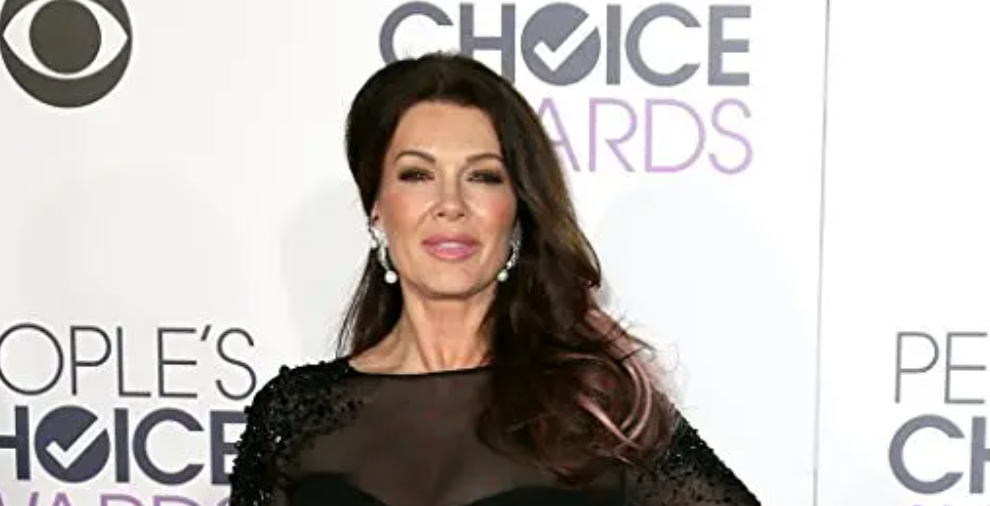
5. The Intersection of Beauty and Power
Fashion as a Political Tool
Margaret Thatcher’s transformation from soft-toned outfits to structured, power-suited ensembles illustrates how aesthetics reinforce authority. Key elements include:
- Severe Hairstyles: Tightly pulled-back hair to emphasize facial symmetry.
- Bold Shoulder Pads: Broad silhouettes mimic male power dressing.
- Pearl Accessories: A nod to femininity without compromising sharpness.
Modern Critiques
Today’s elite often prioritize conspicuous consumption (e.g., diamond jewelry, exotic leather handbags) over nuanced style. This “hard” aesthetic contrasts with European minimalism, where subtlety conveys sophistication.
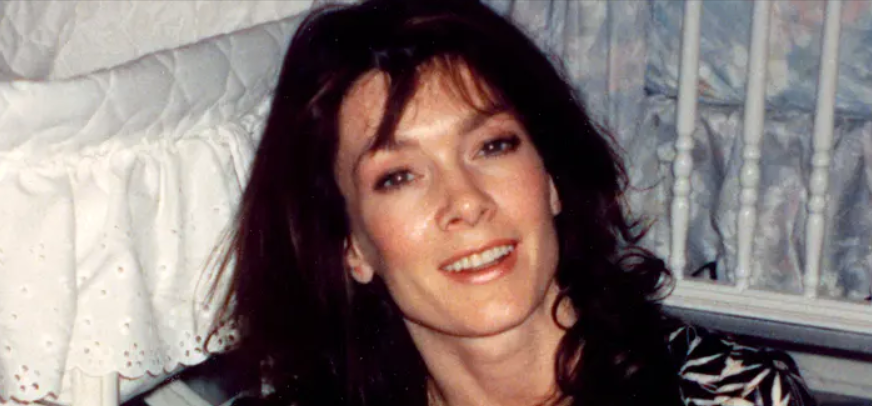
6. The Risks of Over-Treatment
Physical Consequences
- “Plastic” Texture: Overuse of fillers can leave skin unnaturally smooth, akin to mannequin wax.
- Muscle Atrophy: Repeated Botox injections weaken facial muscles, accelerating sagging.
- Asymmetry: Overly aggressive lifts may distort natural proportions.
Psychological and Social Impact
The pursuit of “Mar-a-Lago Face” often stems from internalized pressure to conform to patriarchal standards. Ironically, women who adopt hyper-masculine features to signal strength may inadvertently reinforce gender stereotypes.
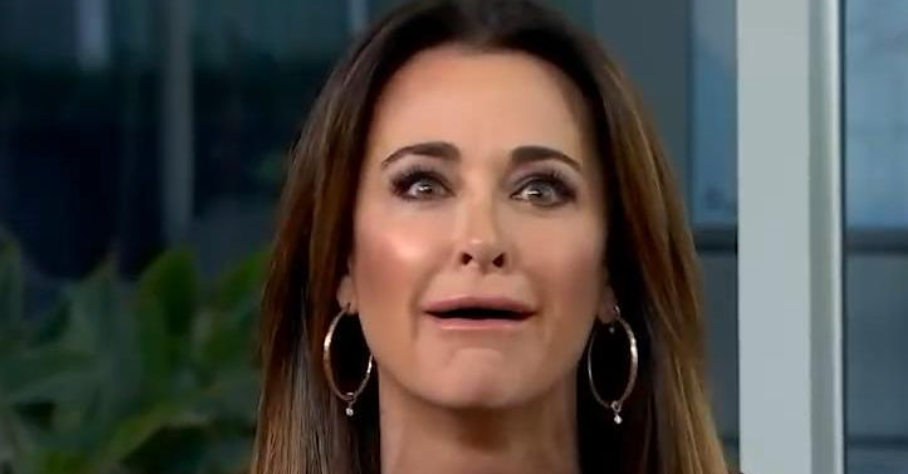
7. Lessons from Effective Anti-Aging
- Personalized Approaches: Actress Frances McDormand and model Lauren Hutton embrace natural aging, focusing on skin health over structural alteration.
- Preventive Care: Non-invasive treatments like retinoids, sunscreen, and LED therapy maintain collagen without surgery.
- Cultural Shifts: Younger generations increasingly reject “ageless” beauty, celebrating wrinkles and gray hair as markers of experience.
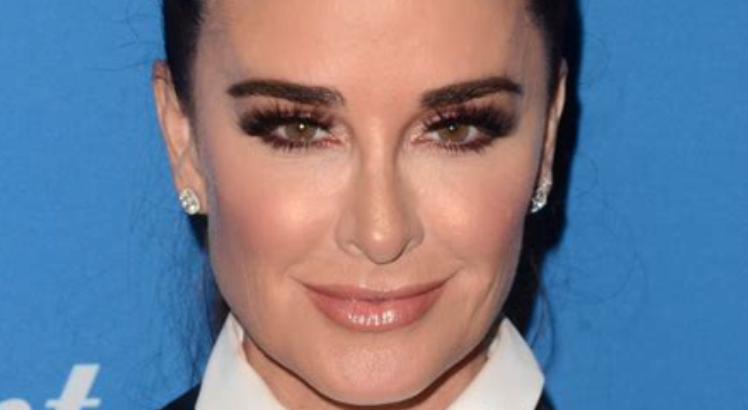
Conclusion
“Mar-a-Lago Face” reflects broader societal values linking appearance to power. While cosmetic advancements offer transformative potential, over-reliance on procedures risks physical harm and cultural homogenization. True beauty innovation lies in balancing science with individuality—enhancing features without erasing identity.
